Advantages and disadvantages of sun-drying, water-washing, semi-water washing, wet planing, anaerobic and barrel fermentation of coffee beans
Why do you deal with coffee beans?
Coffee beans are the seeds of coffee cherries, so we have to remove the peel, pulp, pectin layer and endocarp before we can get the coffee beans. at this time, the coffee beans are raw beans, often white, emerald green or yellow. the coffee beans become dark brown after baking. The removal process just mentioned is called treatment, and different treatments will affect the final coffee flavor, which is the focus of this article.
What are the common ways to treat coffee beans?
The more traditional methods are sun exposure, water washing, semi-washing, honey treatment and so on, but in recent years, more and more novel treatments have been used to add flavor, such as the recent hot anaerobic treatment, barrel fermentation, and enzyme treatment.

What is tanning treatment? What are the characteristics of this kind of coffee beans?
Sun treatment, as its name implies, is to use the sun to expose red coffee cherries to the sun for a week, sometimes depending on the situation. Wait until the skin and pulp are dried dark, then use the sheller to remove the skin and pulp, and finally pick out the defective beans for him, and it is done.
The advantage of sun treatment is that it has a low cost and does not have to pay rent to the sun. It is the earliest and traditional method of treatment. But the disadvantage is that you need a large area to expose coffee beans, and if it is easy to rain areas are not suitable for sun treatment. Another disadvantage of tanning is that it is not easy to know how much each bean has been exposed to, so there are slightly more defective beans in rough batches. In the flavor and taste part, the sun treatment because the drying process will make the pulp some fermentation, so usually fruity, wine flavor is stronger, the sour taste will be slightly lower.

The red cherry coffee beans launched in front of the street are Yega Xuefei in the sun, and the processing steps will be more exquisite than the traditional simple sun exposure. Freshly pick coffee red fruit, through manual screening, pick out defective beans and overripe or moth-eaten ones, leaving good beans. Then sent to the drying place for drying treatment, of course, different production areas use different drying racks, some will be tarpaulins, high beds, etc., the most common is the African-style drying bed, the drying time is generally 27-30 days, until the coffee turns dark purple, the moisture content is reduced to 11%. Yega Chuefei in the sun has a stronger flavor, a richer sense of hierarchy, a fermented wine flavor, and a higher sense of sweetness.
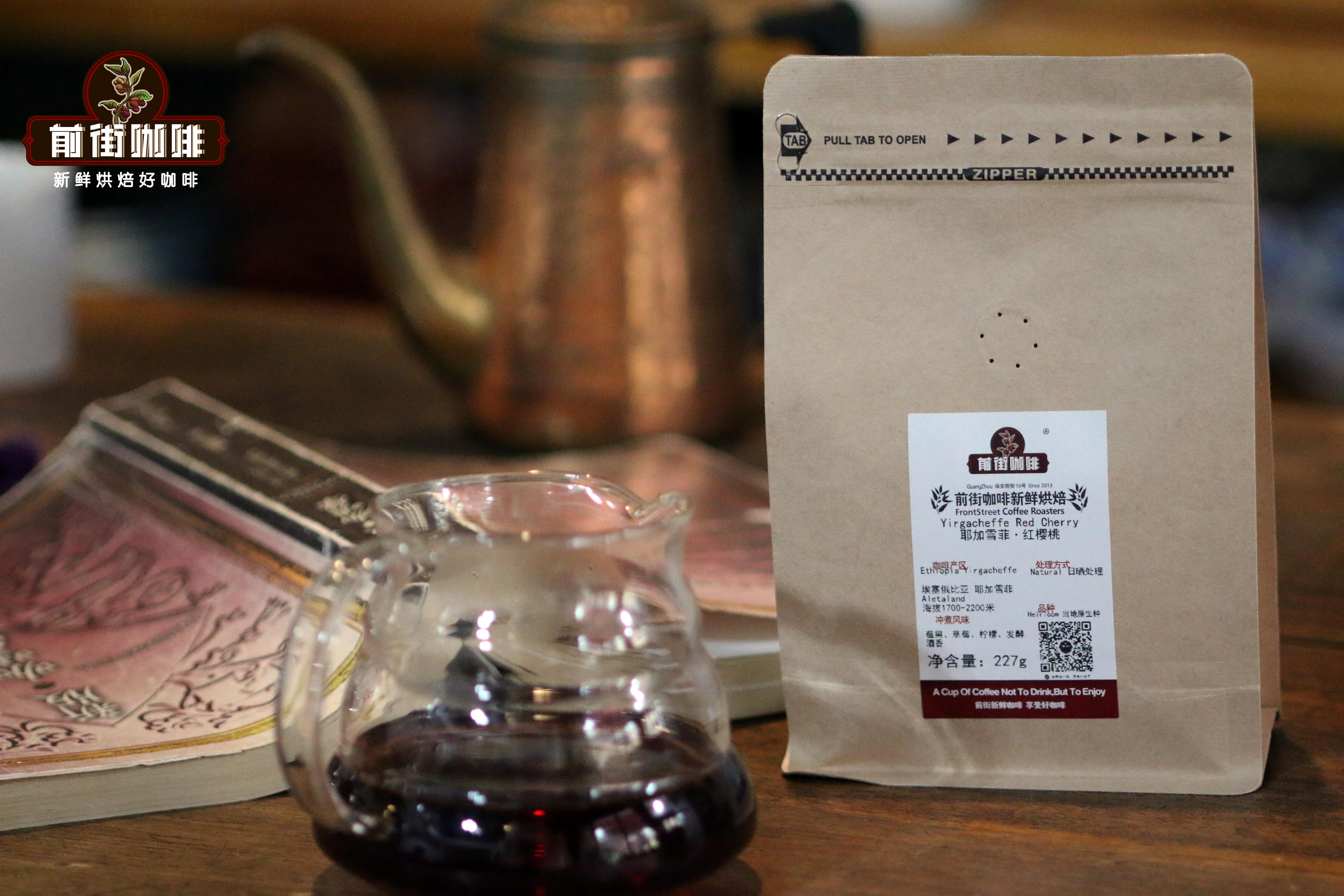
People say that washed coffee beans are sour and cleaner. Why?
The water washing treatment method was developed to solve the lack of sufficient sunlight in many areas. The washing method first removes the irrelevant impurities of coffee cherries in the sink, and then uses a pulp removal machine to remove the peel and pulp, but there is still a pectin layer and endocarp that cannot be removed, so it is put in the fermentation tank for microorganisms to eat the pectin layer. After eating, wash it again with water, dry it in the sun, and then use a sheller to beat off the endocarp to get the coffee beans. The last thing is to pick defective beans.
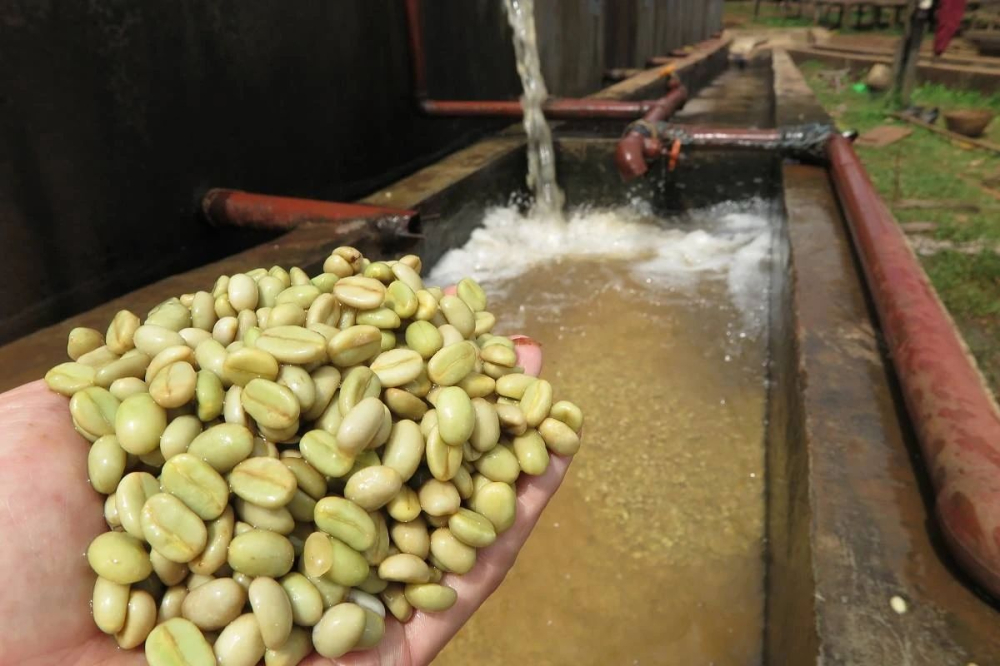
The whole process of sink, fermentation, washing pool and so on all need a lot of water, so it is called washing. The advantage of washing is that the whole process is very industrial and accurate, so the quality is stable, the taste is dry and clear, and the sour taste is more obvious, because the pulp is not involved in fermentation in the process of washing. So coffee beans will retain more acid substances such as malic acid and citric acid. By the way, there will be more flowers in washed coffee beans.
As many steps of washing can remove bad beans, the proportion of coffee defects is greatly reduced, and the quality is more stable. In the drying process, there is no pulp in the outer layer, the flavor is with rising acidity, and the cleanliness is higher, highlighting the flavor characteristics of a single producing area. Therefore, if you want to understand the "local flavor" / "regional flavor" of a place of origin, Qianjie suggests starting with its washing batch.
Washing is a favorite treatment in Qianjie. Dozens of coffee beans on the bean list are washed. If you want to taste the characteristics of washed beans, Qianjie recommends an Ethiopian Yega Xuefei Dingding coffee bean. The washing treatment method makes the Yejiaxuefei coffee change the previous uneven level, and the medium-shallow roasting retains the fresh citrus tone and elegant white flower aroma of Yejiaxuefei, and the overall flavor is bright and delicate.
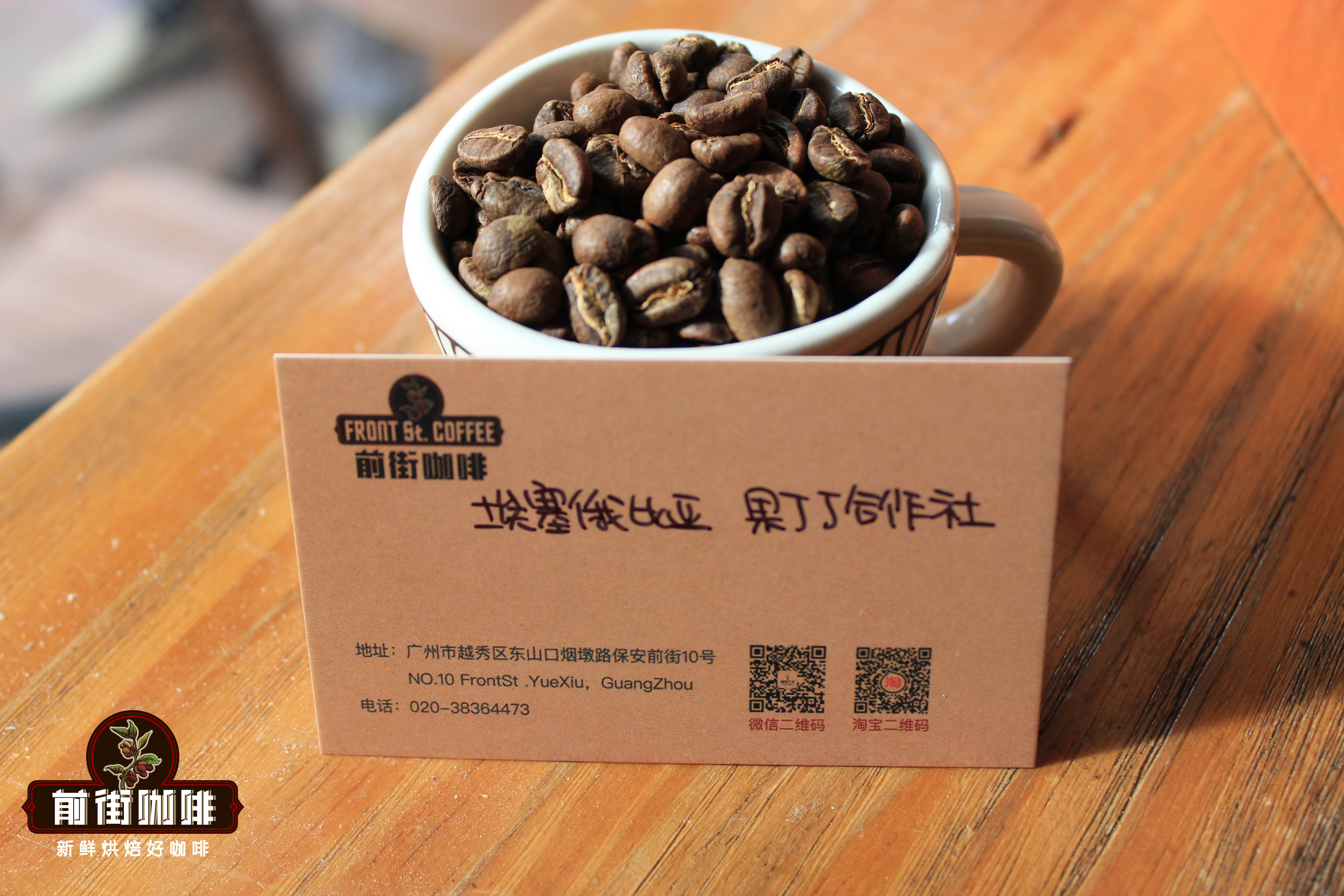
What about putting the sun and washing ginseng together?
Yes, we call it semi-washing and, in some cases, honey treatment. The method of semi-washing is to remove impurities, peel and pulp like water washing, but not microbes to remove the pectin layer, but to use a mucous membrane remover to remove the pectin, then bask in the sun and dry, and then use the sheller to remove the endocarp. Finally, pick out the problematic coffee beans. Let's rewind it. If we don't use a mucous membrane remover to remove pectin, we just take it to the sun and it becomes honey treatment! After drying, you can use a sheller to remove the pectin and endocarp.
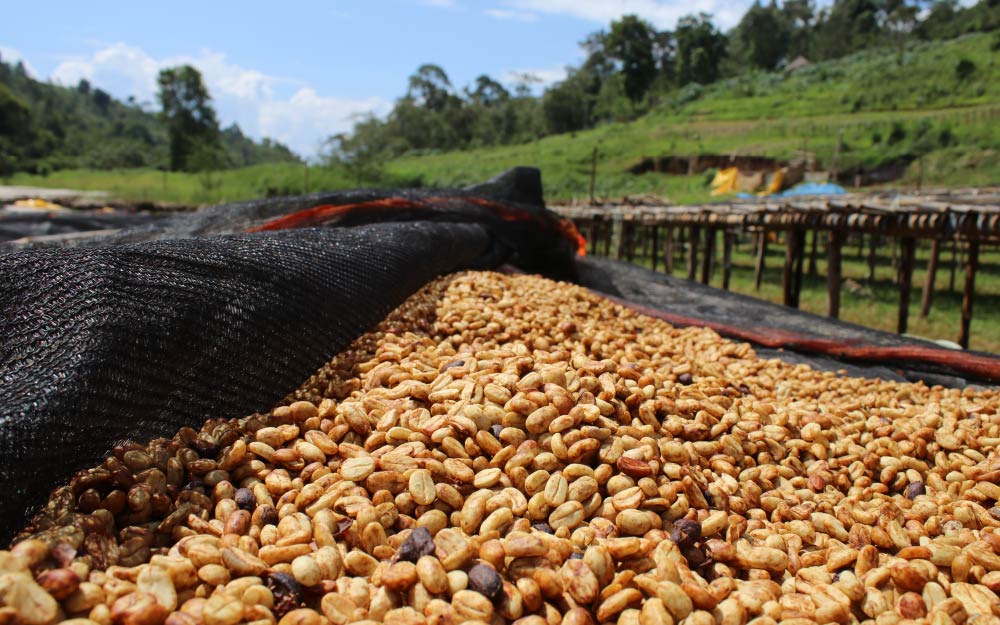
The key point is this pectin layer, because it is very sticky, like honey, so it is called honey treatment, not because we add any honey in the process. Then how much pectin layer we leave when washing is the key to the difference in the flavor of honey treatment. if only about 10% of the pectin is left in the sun, it is called "white honey treatment". The coffee tastes dry and tastes like washing; leaving only about 25% of the pectin in the sun is called "yellow honey treatment", because the coffee beans will turn yellow. Leaving about 50% of the pectin is called "red honey treatment"; 100% of the pectin left to bask in the sun is "black honey treatment". The more pectin left, the more difficult it is to deal with, and the longer exposure time is required. Compared with washing, the flavor will be more rich, complex and changeable.
What is the Sumatran wet planing method?
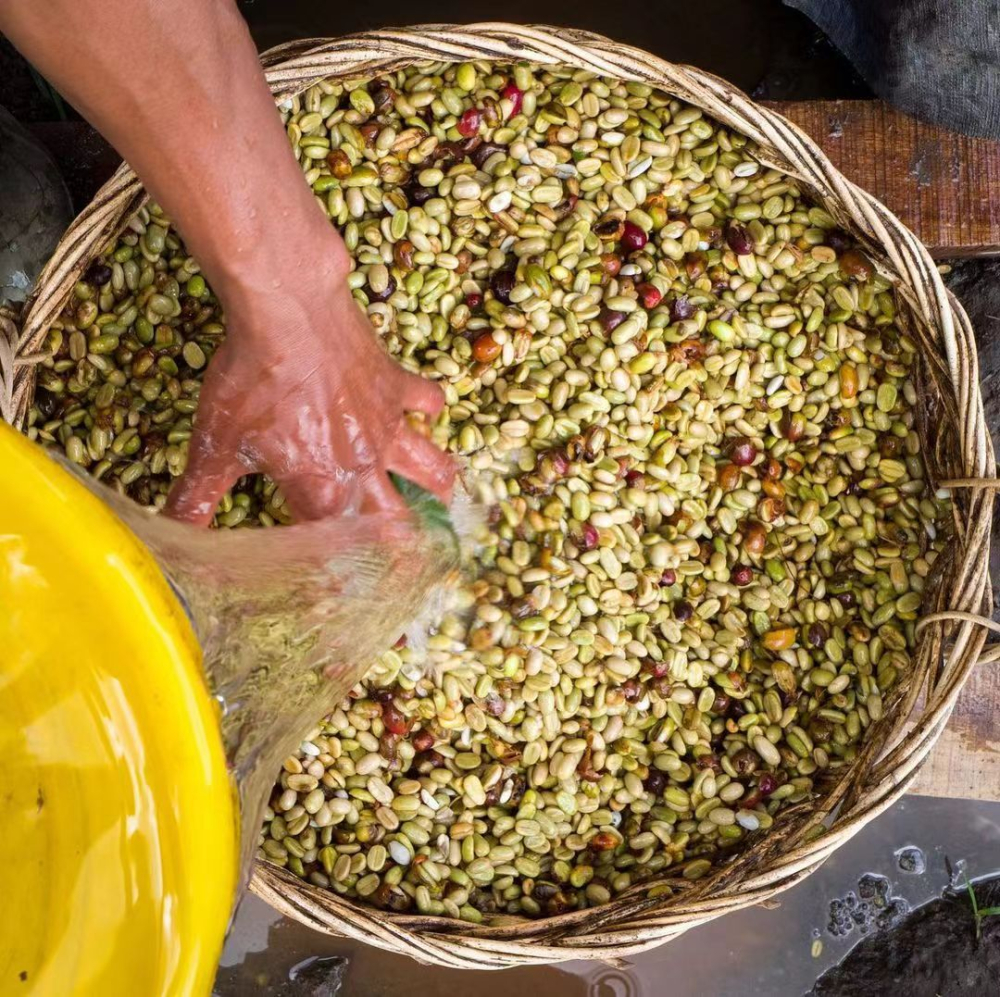
Sumatra encountered the rainy season during the harvest season of coffee cherries, so they improved another unique treatment. The steps in front of the wet planing method are the same as the water washing method. Indonesians first remove the pulp of the coffee fruit and ferment it in water for 3 hours. After washing the mucous membrane, the raw coffee beans with parchment are dried for a short time for 2-3 days. Remove the parchment when the water content is 20-24%, and then continue to dry until the water content of the coffee is 13%.
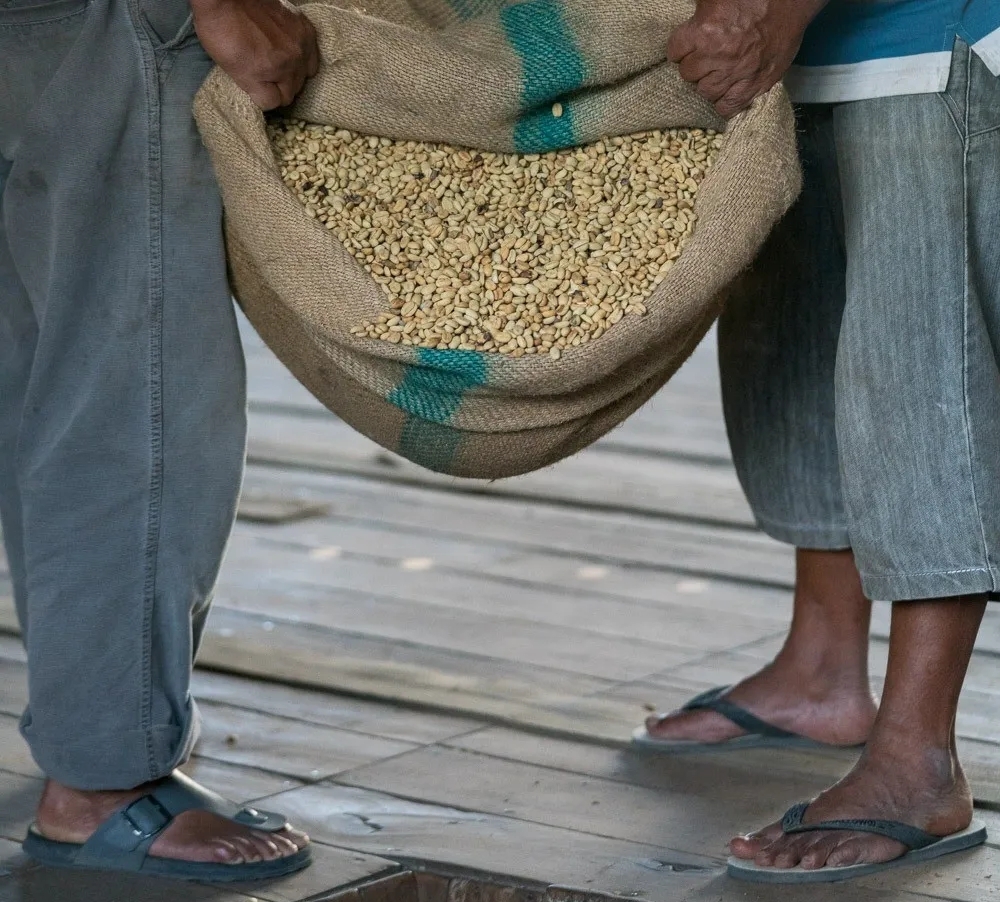
Because the shelling machine uses a large friction force, the parchment paper layer attached to the raw bean is torn open, and after friction stirring, the raw bean is more likely to be crushed or squeezed, especially at both ends, forming a small gap, resulting in sheep's hoof beans. The drying speed of "naked beans" without sheep skin is very fast, and at the same time, it is also directly exposed to the humid environment, which is bred by various bacteria. Let Indonesian coffee with a unique woody, spicy, herbal flavor, that is, what we call "regional flavor".
I believe some friends have begun to wonder what the taste of Southeast Asia is like. If you haven't tasted Mantenin Coffee, Qianjie suggests that you can start with small packaging of Lindong Mantenin rations beans treated with wet planing, showing a classic Mantenin flavor. it's convenient for us to try it at home.

I have heard of anaerobic treatment, barrel fermented coffee beans, what is that?
After reading the above introduction, you will find that in the process of treatment, the pulp, especially the fermentation of the pectin layer, will affect a lot of coffee beans, so people begin to think about this matter. Anaerobic treatment and barrel fermentation are the more common new treatment methods.
Anaerobic treatment is to remove the peel and pulp, and then put the pectin-coated coffee beans into steel drums to remove oxygen, leaving only carbon dioxide, so that anaerobes can help coffee beans ferment for about 18 hours and 24 hours. of course, the technique and time of each manor will be slightly adjusted (for example, steel buckets may not be available in every manor). In this process, we should pay close attention to the amount of pectin, temperature, pressure, pH and fermentation time to prevent the flavor from going wrong.
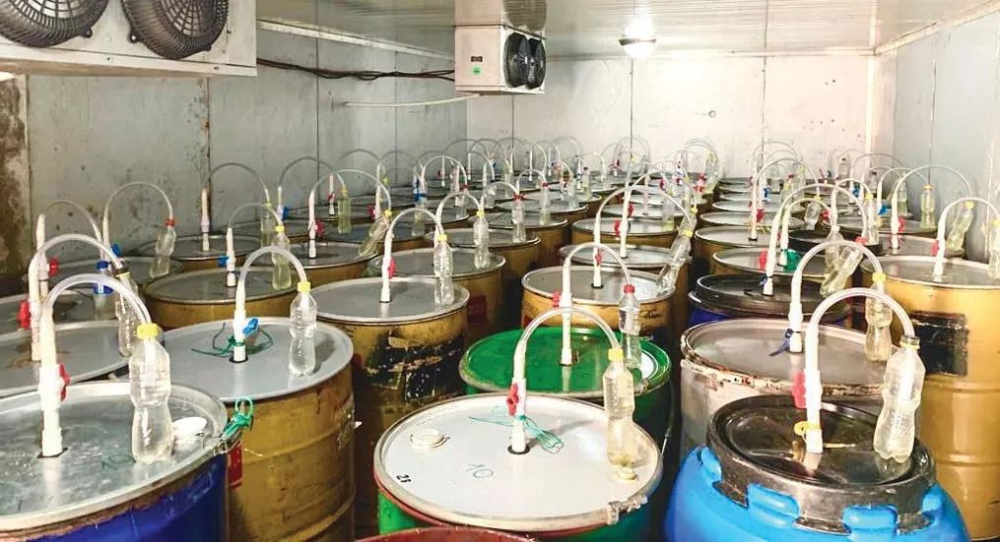
Anaerobic treatment can make coffee with complex and diverse flavors, such as the recent common anaerobic sunlight, which can be regarded as adding some elements to the original traditional sun flavor, such as fermented flavor. The Columbia Flower Moon Night coffee beans launched in Qianjie are treated by anaerobic sun treatment, which has more sour, sweet and fermented aromas of ripe fruit.
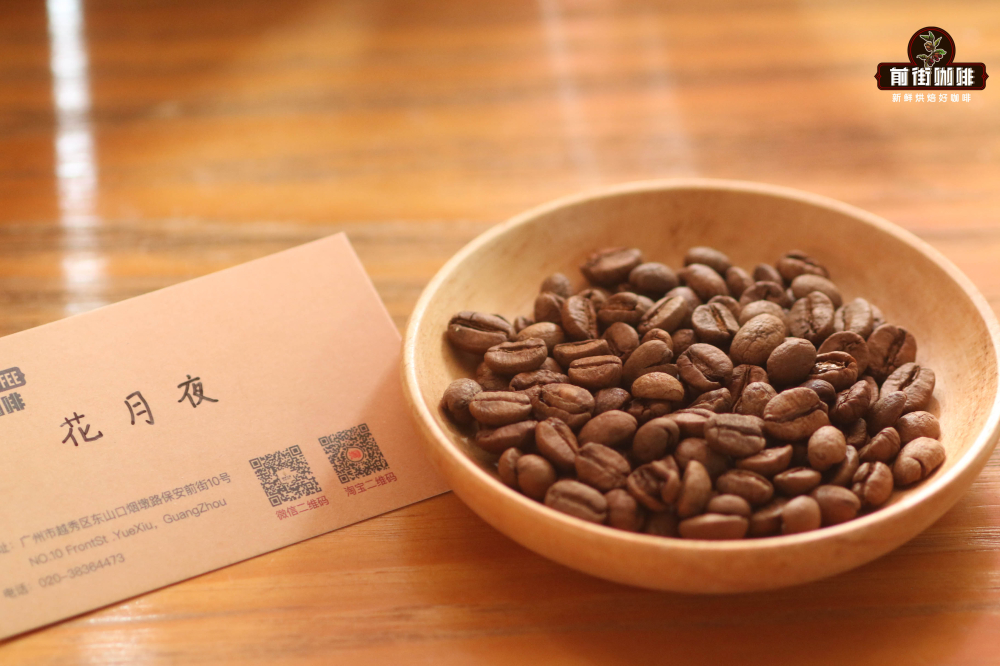
Professional coffee knowledge exchange more coffee bean information please follow the coffee workshop (Wechat official account cafe_style)
For more boutique coffee beans, please add private Qianjie coffee on Wechat. WeChat account: qjcoffeex
Important Notice :
前街咖啡 FrontStreet Coffee has moved to new addredd:
FrontStreet Coffee Address: 315,Donghua East Road,GuangZhou
Tel:020 38364473
- Prev
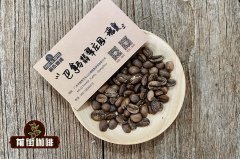
The source of Panamanian geisha coffee beans: geisha coffee flavor jade manor and ninety plus geisha coffee
Geisha coffee beans can be said to be the most famous and expensive variety of coffee beans in recent years! This origin can be traced back to Panamanian boutique coffee. Before 2004, Panamanian boutique coffee was not valued by the international coffee industry. However, after 2004, "geisha coffee" was discovered and became famous. Repeatedly won the Panamanian national treasure bean cup test.
- Next
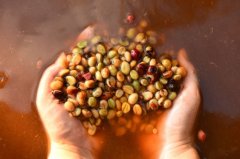
Characteristics of Indonesian beans the flavor characteristics of aged Mantenin treated with wet planing in Sumatra, Indonesia
The characteristics of Indonesian beans the special flavor and herbal flavor of Indonesian beans will definitely be considered defective if they are washed in Central and South America, but they seem to be just right in the spectrum of Indonesian bean flavor. Raw beans in the drying process without shell protection, it is easy to be contaminated with various flavors of the environment, forming a very complex, Sumatran way of life shaped by the overall flavor.
Related
- Beginners will see the "Coffee pull flower" guide!
- What is the difference between ice blog purified milk and ordinary milk coffee?
- Why is the Philippines the largest producer of crops in Liberia?
- For coffee extraction, should the fine powder be retained?
- How does extracted espresso fill pressed powder? How much strength does it take to press the powder?
- How to make jasmine cold extract coffee? Is the jasmine + latte good?
- Will this little toy really make the coffee taste better? How does Lily Drip affect coffee extraction?
- Will the action of slapping the filter cup also affect coffee extraction?
- What's the difference between powder-to-water ratio and powder-to-liquid ratio?
- What is the Ethiopian local species? What does it have to do with Heirloom native species?

